The sales industry is always in need of professionals who can provide their deliverable and expertise for the improvement of the sales performance of businesses. There are different work…
continue reading19+ Sales Document Samples
Here are samples of sales documents commonly used in the world of business:
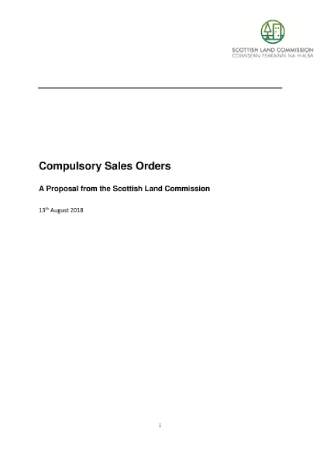
Compulsory Sales Orders
Enable local authorities to transform problematic structures into productive use with a CSO.
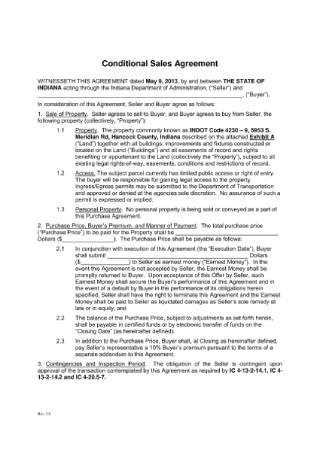
Conditional Sales Agreement
Grant possession of a property to a buyer with the help of a conditional sales agreement.
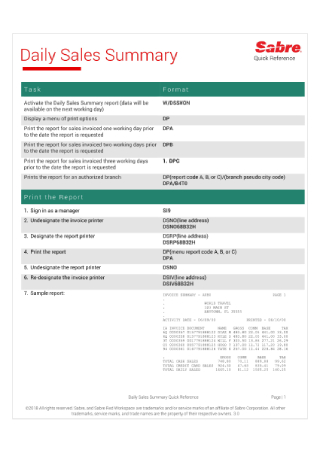
Daily Sales Summary
Control cash and forecast future sales by writing a daily sales summary for your business.
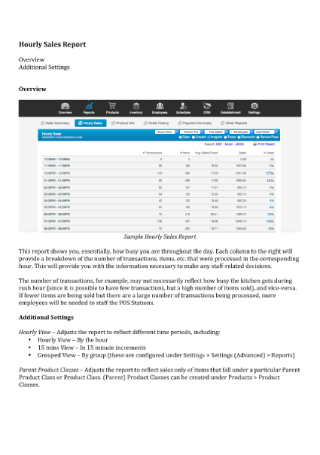
Hourly Sales Report
Create an hourly sales report for a visual representation of your sales volume throughout the day.

Monthly Residential Sales Report
Write a report on the monthly residential sales to uncover gaps that may be improved.
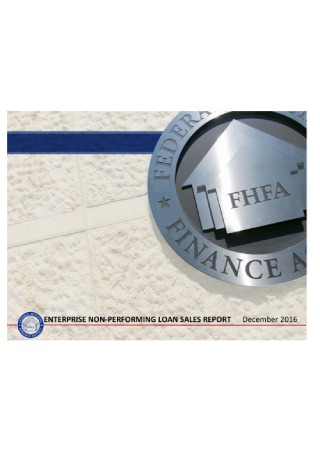
Non-Performing Loan Sales Report
Provide information regarding the sale of non-performing loans through a written report.

Product Sales Report
List the products and quantities sold along with the total customer sales through a detailed report.
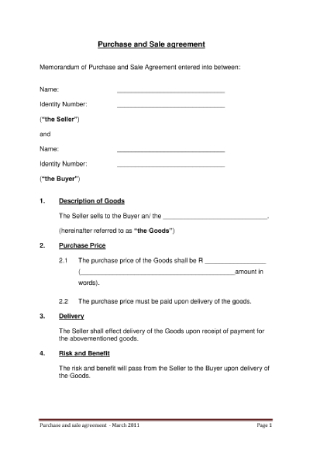
Purchase and Sale Agreement
Detail the terms of a transaction by documenting them in a purchase and sale agreement.
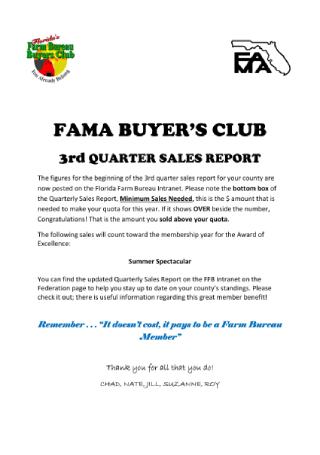
Quarterly Sales Report
Prepare a sales report to compute the total sales and quantity sold for the quarter.

Sale of Goods Contract
Enter into a sale of goods contract with a buyer with the help of the given sample.
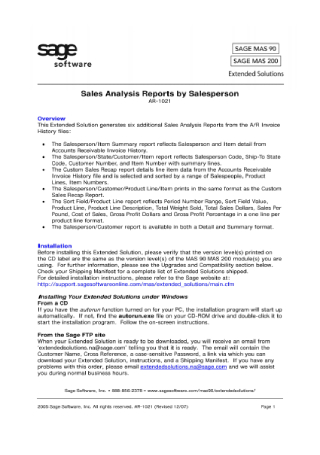
Sales Analysis Report
Visualize the trends that occur in a company’s sales volume by formulating an analysis report.

Sales Development Report
Build a sales development report by using this sample as a reference.
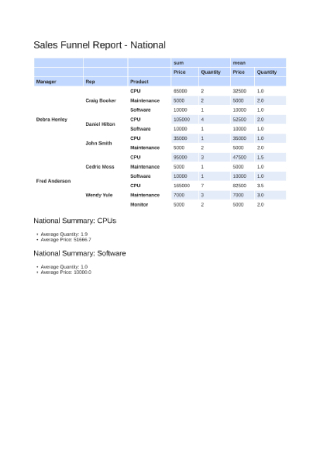
Sales Funnel Report
Forecast sales and identify pipeline points to address with the help of a sales funnel report.

Sales Performance Assessment Development Report
Drive business growth using a sales performance assessment development report.

Sales Performance Report
Assess the revenue and overall sales of the business through a performance report.
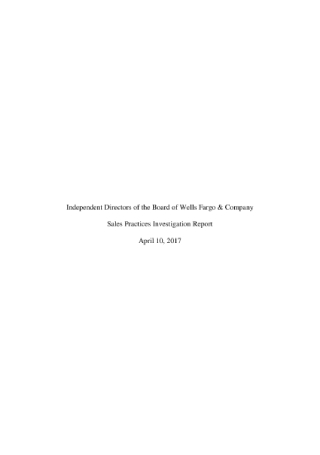
Sales Practices Investigation Report
Develop an investigation report to study your company’s current sales practices.
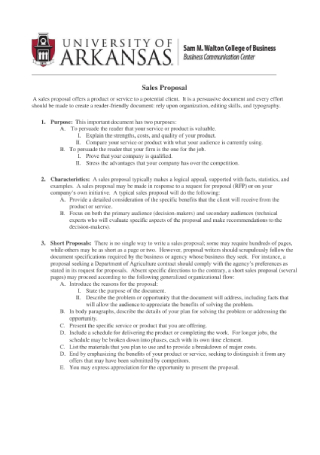
Sales Proposal
Persuade prospective buyers to purchase your goods or services with a sales proposal.
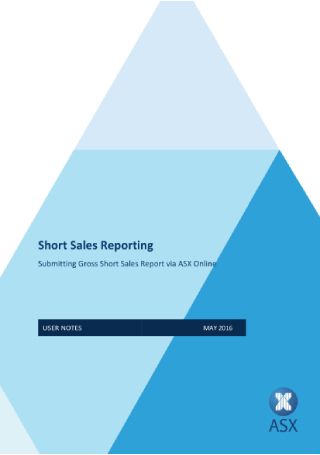
Short Sales Report
Download this sample to achieve a well-composed short sales report.
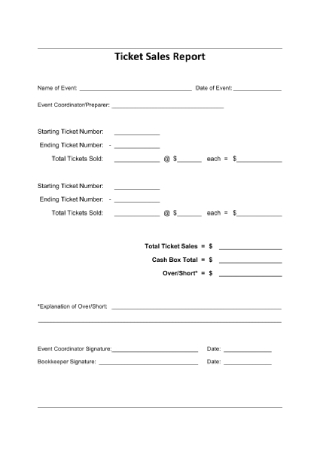
Ticket Sales Report
Measure the success of your event by reporting on ticket sales periodically.
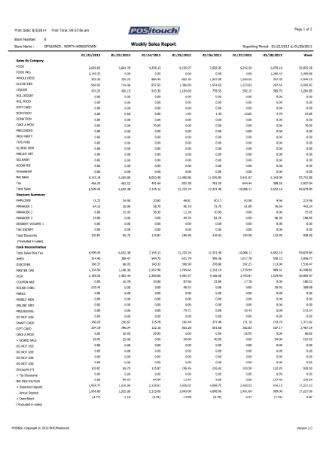
Weekly Sales Report
Appraise your company’s sales performance with the help of a weekly sales report.
The Importance of Documentation in Sales
Even if you are catering to a longtime customer or running over an annual contract, putting things in writing is highly advised for the sake of both parties. This will serve as a proof of transaction and prevent miscommunication that can jeopardize relationships and put either party in a financial bind. Think of it as a legal backup that will protect both the buyer and the seller in the event of a legal dispute. Sales documents also make it easy to identify gaps in the operation for the business to continue providing excellent service to its customers, while maintaining internal productivity.
Types of Sales Documents
Documents in the area of sales and distribution all have a specific purpose and each performs special functions at every stage of the sales cycle. This allows you to control which information is required at each step of the process in order to maintain consistency and organization. Some common examples of sales document types include the following:
The Document Flow in Sales
If you think about it, sales documents vary in terms of the role they play in the sales cycle. Some documents are produced prior to the actual transaction, such as inquiries and quotations, while others are processed following an exchange. While they each serve an individual purpose, they can also function as part of a chain of interrelated documents. Say for instance, if customers make an inquiry in the system, they are likely to request for a quotation right after. In this scenario, you can easily create the quotation by referring to the inquiry. This will then lead to a series of actions that would each require a sales document one way or another. It’s always best to keep a record of the different stages in the flow to help reduce manual activity and simplify problem resolution.


